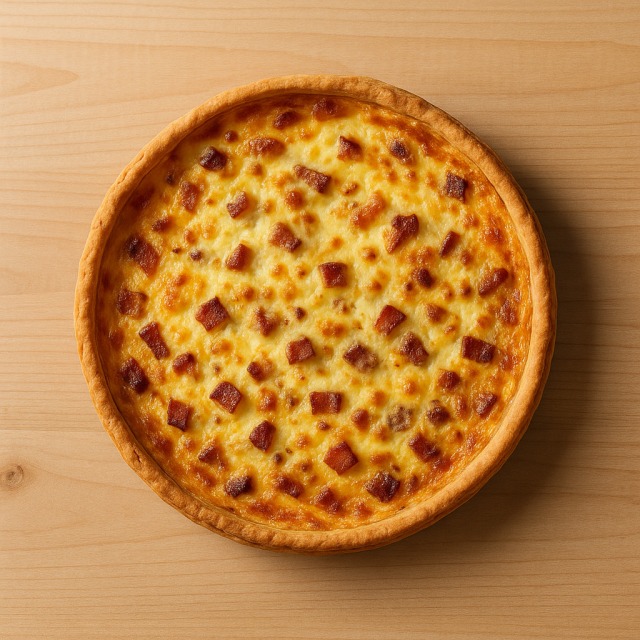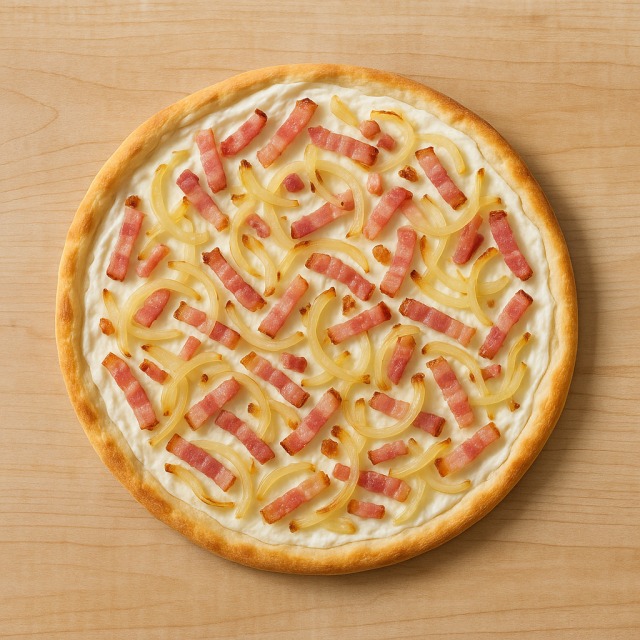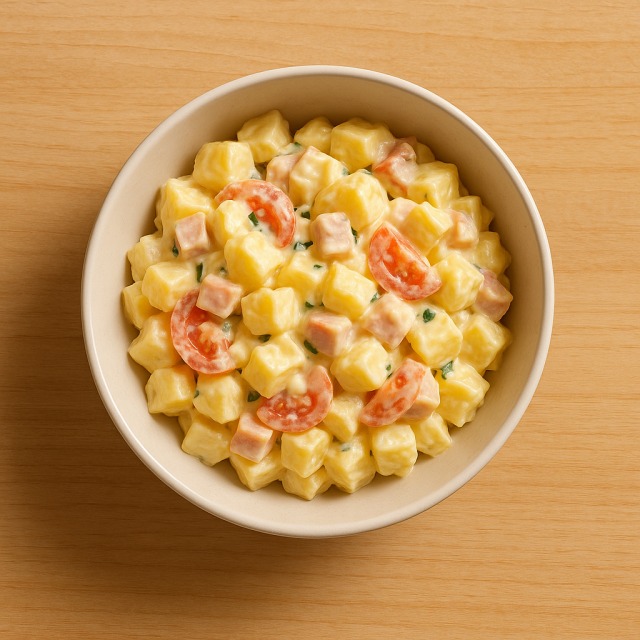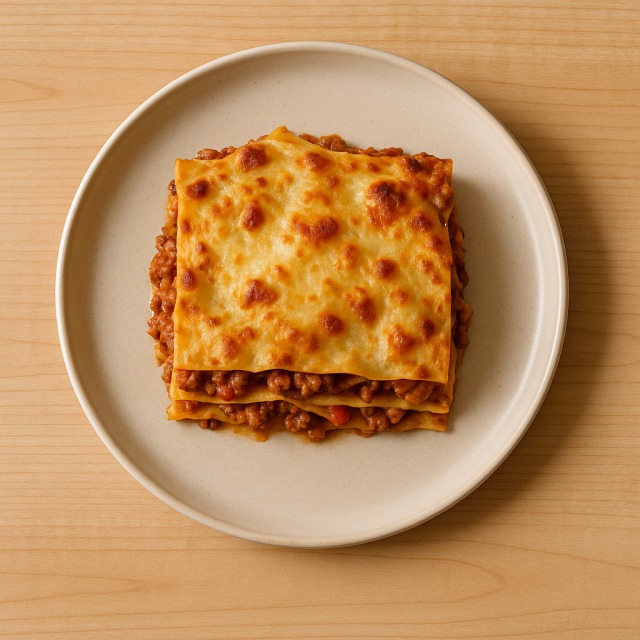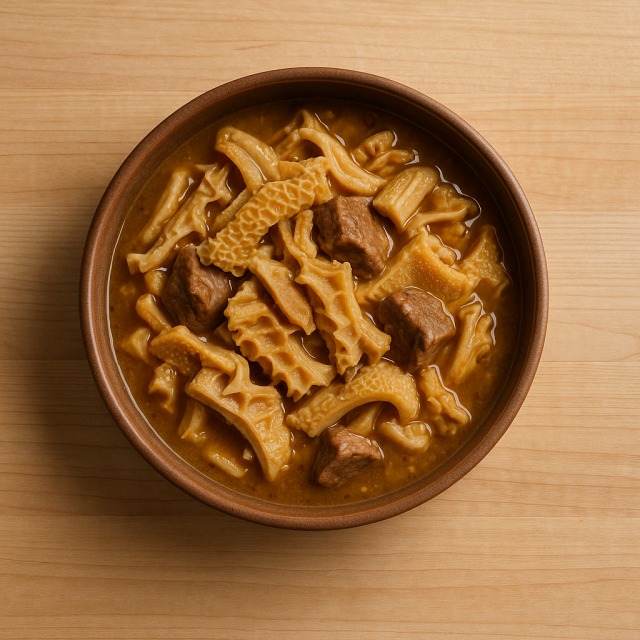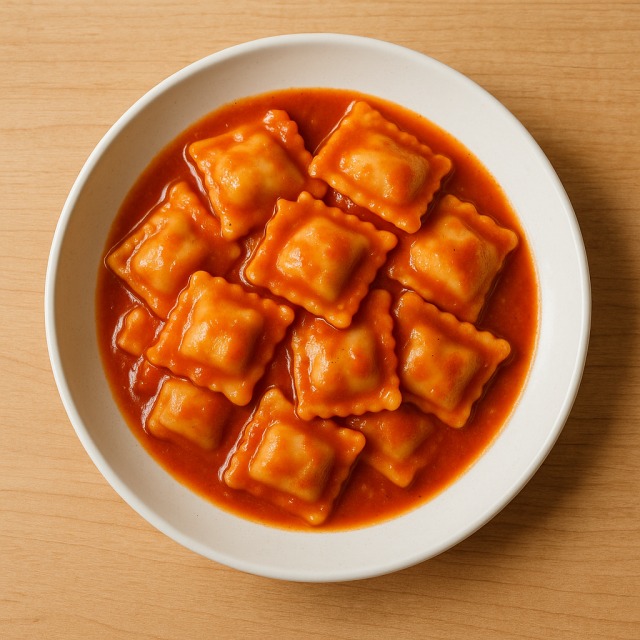Calorie Chart / Recipes / Duck confit
How Many Calories Are in Duck confit?
Calculation of the nutritional value & Recommended Dietary Intake of duck confit
For g and a calorie requirement of kcal
| Calories 710 kcal | Proteins 28 g | Lipids 66 g | Carbohydrates 1 g |
| 36% | 37% | 99% | 0% |
Health benefits of duck confit
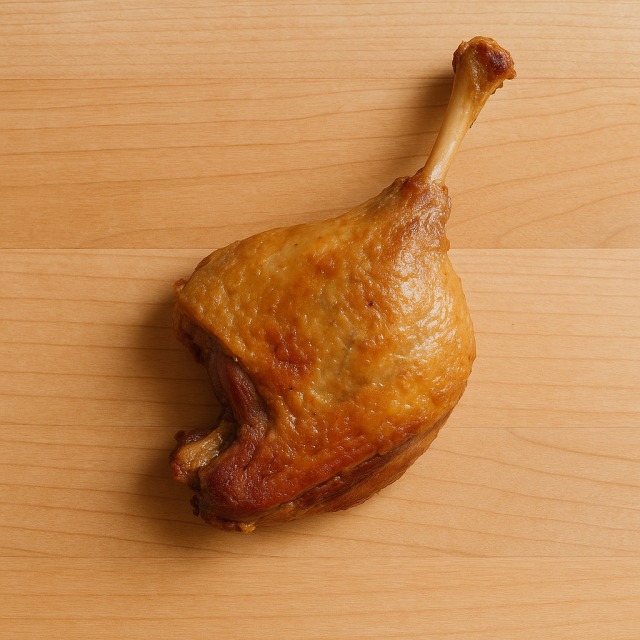
Duck confit - 100g
Calories 355 kcal
Proteins 14 g
Lipids 33 g
Carbohydrates 0.5 g
At 355 kcal per 100 g, duck confit is clearly a high-calorie delicacy, yet it delivers more than just calories. It provides about 14 g of proteins that contribute to muscle maintenance, while its 33 g of lipids are rich in monounsaturated oleic acid, the same heart-friendly fat found in olive oil. Some nutritionists even evoke a supposed "French paradox" link between these fats and cardiovascular health, although this benefit remains hypothetical.
Duck confit supplies several micronutrients often overlooked when people discuss calories. Iron and zinc help fight tiredness and support immunity, selenium acts as an antioxidant, and B-group vitamins (especially B3, B6, and B12) take part in normal energy metabolism. Unlike lean meats such as chicken breast or turkey cutlet, duck confit offers vitamin K2, investigated for its role in bone health.
Historically, this recipe was invented in South-West France as a preservation method: the duck leg was salt-cured, then slowly cooked and stored under its own fat, keeping calories and flavour intact for months before refrigerators existed. Compared with modern, low-fat dishes like broccoli soup, duck confit remains energy-dense, but its intense taste means a smaller portion can satisfy, limiting overall calories at the meal level. That balance is the real benefit for people tracking duck confit calories today.
Tips for incorporating duck confit into a balanced diet
Because duck confit brings many calories and lipids, combine it with fibre-rich sides to keep the overall calories in check and improve satiety. A classic yet balanced plate pairs one leg of duck confit with steamed green beans tossed in a teaspoon of duck fat, plus a raw arugula salad. You still enjoy the confit's flavour, but the vegetables dilute calories and add antioxidants.
For a winter comfort dish that is gentler on calories than the traditional Sarladaise potatoes, shred the meat and fold it into warm lentils with diced carrot and fresh thyme. The pulse proteins and slow carbs balance the confit fats and stretch the portion so fewer calories are needed to feel full.
Duck confit also upgrades soups: add pulled meat to a silky pumpkin purée, garnished with toasted walnut pieces. The vibrant orange vegetable offsets the dish's calories with beta-carotene and fibre, while the nuts echo the duck's earthy notes.
If you cannot resist the traditional potato side, sauté diced potato in one tablespoon of rendered fat instead of the whole jar. You cut both calories and saturated fat, yet keep the confit aroma. Remember, a balanced menu is less about banning foods than about distributing calories wisely across the day.
Frequently Asked Questions
- How many calories are in duck confit?
- Duck confit provides around 355 kcal per 100 g.
- Is duck confit higher in calories than roast duck?
- Yes. Because it is cooked and stored in extra duck fat, duck confit generally contains more lipids and therefore more calories than simple roast duck.
- Can I eat duck confit while dieting for weight loss?
- You can, but portion control is essential. A 75 g serving can fit into a reduced-calorie plan when accompanied by low-calorie vegetables such as zucchini or tomato salad.
- Does removing the skin lower the calories?
- Absolutely. Most of the fat—and therefore calories—are concentrated in the skin. Removing it before eating can cut roughly one-third of the calories per portion.
- Is duck fat healthier than butter in terms of calories?
- Duck fat and butter supply similar calories (about 900 kcal per 100 g), but duck fat has more monounsaturated fats and less saturated fat.
- How should I reheat duck confit without adding too many extra calories?
- Warm the leg in a non-stick pan, letting the embedded fat melt. Drain excess fat before serving; this keeps flavour while preventing unnecessary additional calories.
Similar foods
Information provided by Calorie Menu may contain inaccuracies or errors. It cannot, under any circumstances, substitute medical advice or medication.
